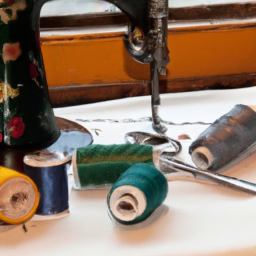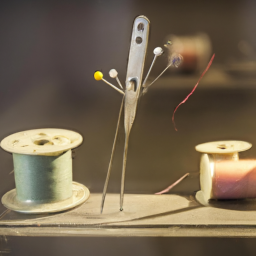
History of the Clothespin
Since ancient times, clothespins have been essential to people for holding up their laundry to dry in the air. These simple devices have a long and fascinating history, evolving from basic wooden pieces to modern, innovative designs. Let’s dive into the intriguing story behind the clothespin and its impact on daily life!
Ancient Origins
The use of clothespins can be traced back to ancient civilizations such as the Egyptians, Greeks, and Romans. In those times, people utilized wooden or bone pegs to secure garments onto lines or ropes for drying purposes. These early clothespins were simple in construction, but they served their purpose effectively.
Medieval Cloth Pins
During the Medieval period, clothespins underwent some improvements. Metal hooks were introduced, allowing for easier attachment to clotheslines. These metal hooks were usually made of brass or iron and featured a coiled spring mechanism to provide a stronger grip. The advancements during this era significantly influenced the design of clothespins for centuries to come.
19th Century Innovations
In the 19th century, the Industrial Revolution brought forward new materials and manufacturing techniques, resulting in the mass production of clothespins. Previously made by hand, clothespins were now produced using machines, reducing costs and increasing availability.
As time progressed, clothespin designs evolved. Wooden clothespins remained popular, but manufacturers experimented with different shapes and styles. The two-piece clothespin with opposing wooden prongs held together by a coil spring became a common and easily recognizable design.
20th Century and Beyond
In the early 20th century, manufacturers started producing clothespins made from various materials such as plastic and metal alloys. The introduction of novel materials allowed for greater durability and resistance to weather conditions, expanding the lifespan of clothespins.
The basic clothespin design continued to be refined, with some incorporating rubberized grips or ergonomic shapes for improved usability. Additionally, the creation of adjustable clothespins, which featured a sliding mechanism to accommodate differing garment thicknesses, facilitated a more efficient drying process.
Innovative Designs
In recent years, designers and inventors have further revolutionized clothespins by introducing novel concepts. Some new designs replace the traditional wooden construction with eco-friendly materials like bamboo or recycled plastics. Others incorporate magnets, ensuring the clothespin remains attached to any magnetic surface.
Furthermore, there are now solar-powered clothespins with LED lights, making them visible at night and reducing the risk of someone accidentally knocking into a clothesline in the dark.
The Clothespin’s Enduring Legacy
Though modern drying machines have become increasingly prevalent, clothespins maintain their relevance in many households worldwide. The traditional clothespin continues to be a practical and sustainable option for line drying clothes while conserving energy.
The history of the clothespin showcases both the ingenuity of our ancestors and the ongoing innovation of contemporary designers. As long as we continue to value fresh air, energy conservation, and sustainability, the clothespin will continue to play an important role in our lives.




